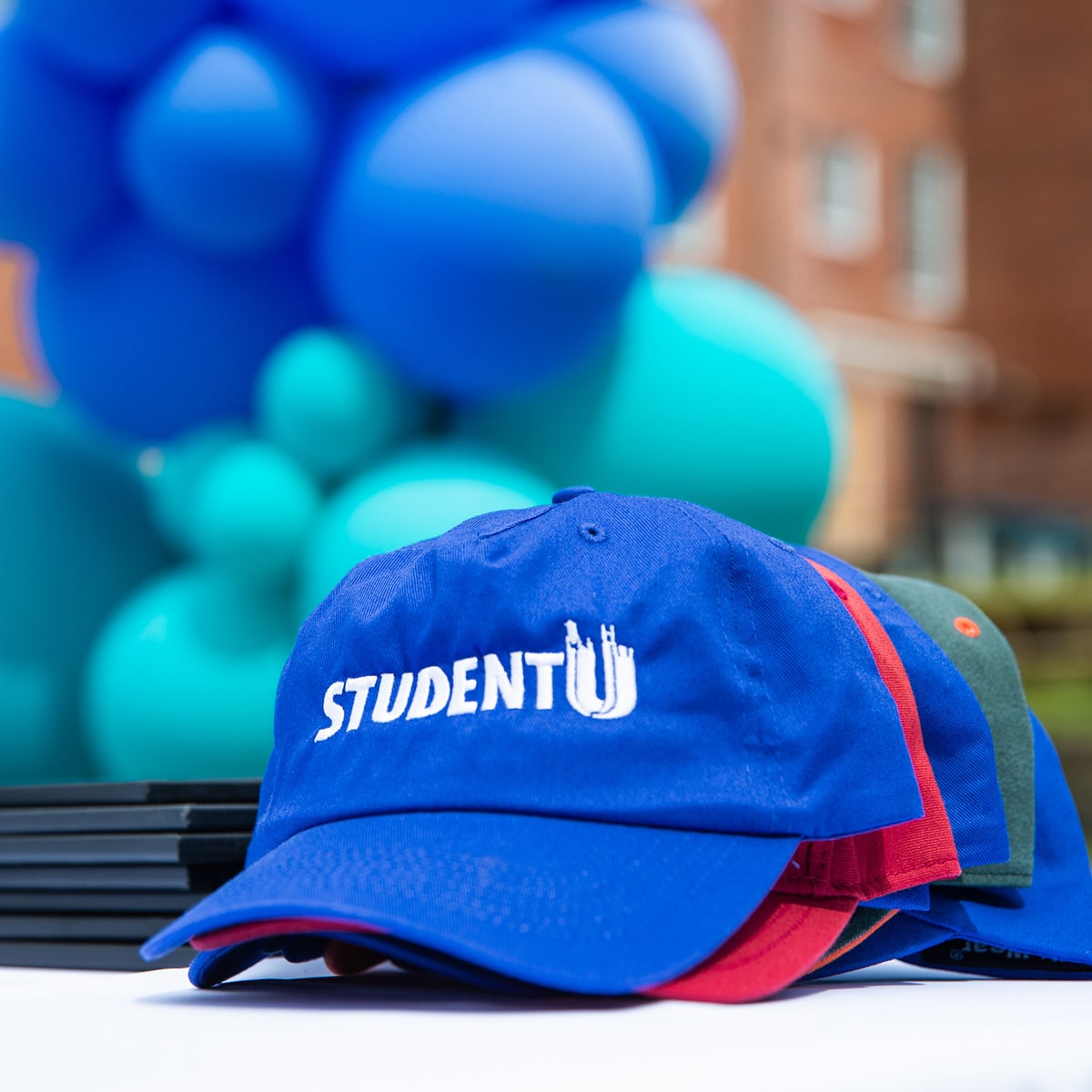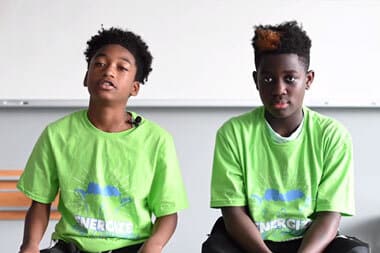 Youth Work 101: Teaching Black History
Youth Work 101: Teaching Black HistoryBy: Michelle Norwood, Bria Davenport, and Connor Kirkpatrick
Welcome to the Youth Work 101 Series! Student U started this blog series to support youth work practitioners, educators, advocates for young people, and after-school professionals in their work by sharing what has worked for us and by offering free resources each month on a best practice. Click here for our Black History Month Pan-African Lesson Plan for youth workers. This month’s blog on Black History Month is brought to you by Michelle Norwood, Student U’s High School Program Coordinator who is a former high school math teacher and also happens to be a licensed natural hair care stylist.
Salute to Black History Month! Every year in February, we celebrate the achievements of African Americans and recognize the central role of black people in U.S. history. I have found that elementary school teachers are very intentional about celebrating this time. Students are given assignments that frequently highlight prominent black people, while door decorations are creative, colorful, and boldly express pride in black culture. But often in middle and high school, efforts to educate students and make them aware of black Americans’ achievements are diminished. When I taught high school math, I combatted this decline by integrating black history in my lessons. I would include black people from the past in math problems and/or projects as well as in conversations about math and highlight black mathematicians. Students had the option of acknowledging people from the past or highlighting the beauty of black excellence in the present. While we wouldn’t spend an entire class period talking about black history, it was clear in my classroom that black excellence in mathematics was celebrated in our space. Highlighting these narratives is something I care a lot about, and when done right, students gain a sense of pride in their culture and have a better sense of their identity.
Student Perceptions of Black HistoryNow, let’s talk about student perceptions about Black History Month. Sometimes I encounter young students of color who don’t want to focus on the hardships of our history because “that’s the past,” and they would rather focus on fostering unity instead of reflecting on our country’s history of harm towards black and brown people. Some students have also expressed that they don’t want to deal with the hardship of slavery and the accompanying pain of it. I have heard students say “That wasn’t me,” or “This is now and we should focus on the present rather than the past.” To them, I say that remembering our painful history connects us to our present, and allows us to make changes for our future. Black History Month helps us remember where we came from. I’ve also heard students say, “There are bigger problems we should be working on now.” My response, with compassion and empathy, is the firm belief that we cannot lose sight of where we have come from in order to know and dream of where we are going. Talking about unity is important, but we must make sure our unity is rooted in the reality of the past because we cannot allow those injustices to happen again.
We also have many Latinx students in our community who can disengage with Black History Month because they do not consider black history as having relevance to their lives. For students who are not black, they may not see the significance of black stories because they do not share that identity. This same tendency can occur in the reverse when black students struggle to relate to stories presented in Hispanic Heritage Month in September. These are opportunities for rich and necessary teaching moments with our students. It is so important for our students to learn how their experiences align with their fellow peers of color, just as they are different. At the end of the day through learning about black and Latinx history, hopefully students gain an understanding that there is a similar alignment between black and Latinx identities in how they interact with and operate with the reality of white supremacy and racism. Learning about each others’ history also helps one see the beauty in their own culture. So teach black history!
What if I don’t feel equipped to handle conversations about race and identity?This is real. You’re not alone, but you must try. Not engaging in conversations about race and identity with students is one of the most damaging and silencing behaviors you can do as an educator. At the end of the day, you must ask yourself: Do you want to help students better understand each other? Or do you want to participate in the harm that is happening in our world? Not providing spaces for students to be themselves and engage in these dialogues in the classroom is allowing for injustice to propagate. But know that you also are not alone! Find allies to support you and listen generously and know that you will get better at handling these tough conversations with practice. Resource:
For Black History Month, our Middle School Program Coordinator Assistant Bria Davenport created a Black Liberation Flag Activity that you can use with students. This activity is an opportunity to discuss the African diaspora and what liberation means, while students have a chance to create a symbolic flag that is meaningful to their lives. Click here to go to this resource.
Further Reading:
- Tolerance.org is your one stop shop for Teaching Tolerance. They have a Teaching Tolerance Magazine and provides countless free resources for educators on incorporating black, latinx, lgbtq+, and other identities in the learning space. They also developed the Social Justice Standards in Education that are an excellent resource for getting started.
- For Middle and High School Teachers across North Carolina, EVERFI offers 306 – African-American History a free 14 lesson curriculum going through Slavery, Emancipation, Reconstruction, Jim Crow, and Civil Rights highlighting African-American leaders in each era using primary source documents.
- Gloria Ladson-Billing advanced “culturally responsive teaching” as a pedagogy and her work outlines how using students’ cultures is a powerful way to include students. Read a much cited article on what culturally responsive teaching is here.
- Black Lives Matter just released their 2020 Curriculum Guide here.
Thanks for reading and Salute to Black History Month from Student U.
—
Donate to Student U and keep posts like this one coming.
Subscribe to this blog by entering your email to download the resource above.









